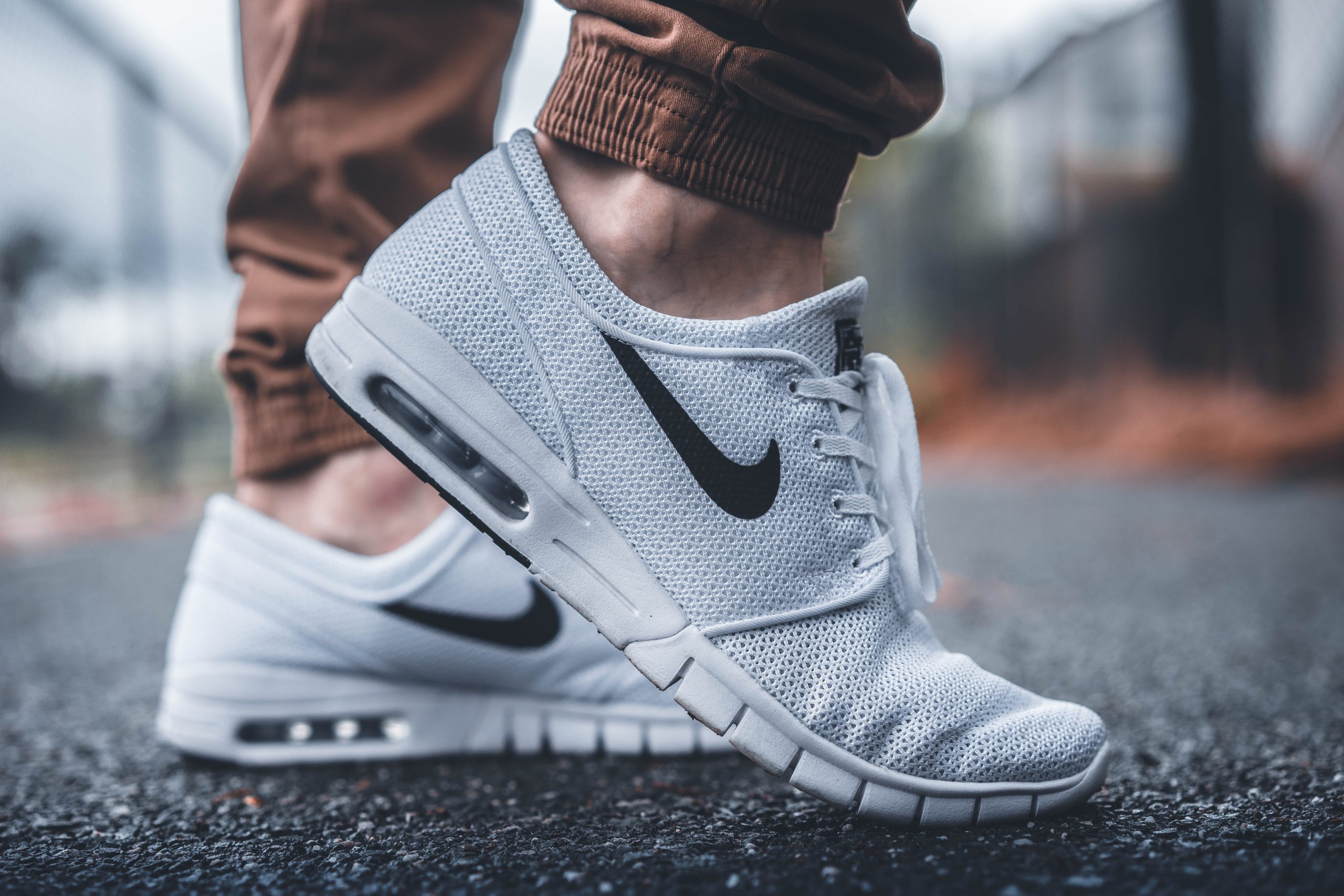 MedTech wearables have rapidly advanced recently. Consumers are able to improve their health through a variety of available products that didn’t even exist a few years ago.
MedTech wearables have rapidly advanced recently. Consumers are able to improve their health through a variety of available products that didn’t even exist a few years ago.
But the innovation isn’t slowing down anytime soon. A new wearable out of the University of Wisconsin-Madison passed trial testing with very promising results. It measures forces on the patellar (knee), hamstring, and Achilles tendons.
A New Way to Utilize Wearables
Although this wearable seems to be geared towards physical therapists, researchers, and medical doctors, it’s an exciting addition to the current offering of MedTech applications and devices.
Doctors can create more effective treatment plans for patients that suffer from musculoskeletal injuries and diseases. Specifically, the technology would be great for recognizing when tendons are ready for action again after getting injured. The approach ensures patients can run or walk comfortably while measuring tendon tension non-invasively.
“We think the potential of this new technology is high, both from a basic science standpoint and for clinical applications,” says the study’s leader, Darryl Thelen. “Currently, wearables can measure our movement, but do not provide information on the muscle forces that generate the movement.”
Overall, the technology offers doctors a way to measure and further understand how forces act on muscles during any bodily movement. Creating a similar product for an elbow or neck could revolutionize medical procedures like physical therapy and surgery.
Setting a Precedence for Fitness Wearables
Jack Martin is a graduate student who collaborated on the device and project with Thelen. The team’s device ever-so-lightly taps the collagen band of your Achilles tendon about 50 times per second. A tap creates a wave in the tendon, and two miniature accelerometers measure and record the speed of the wave.
“We’ve found a way to measure the vibrational characteristics—in this case, the speed of a shear wave traveling along a tendon. And then we went further and determined how we can interpret this measurement to find the tensile stress within the tendon,” explains Thelen.
With sports, regular exercise, and the occasional random injury, tendon injuries and chronic conditions are common with age and poor form. We think physical therapists and patients around the world will benefit from this tool, especially those practicing in high-fitness cities, like San Francisco, Denver, and Miami.





